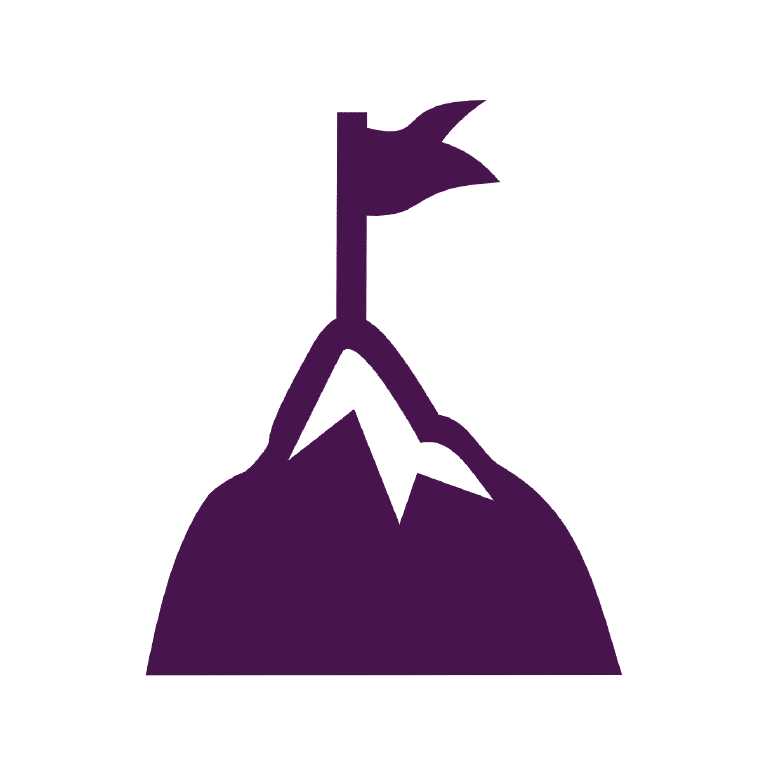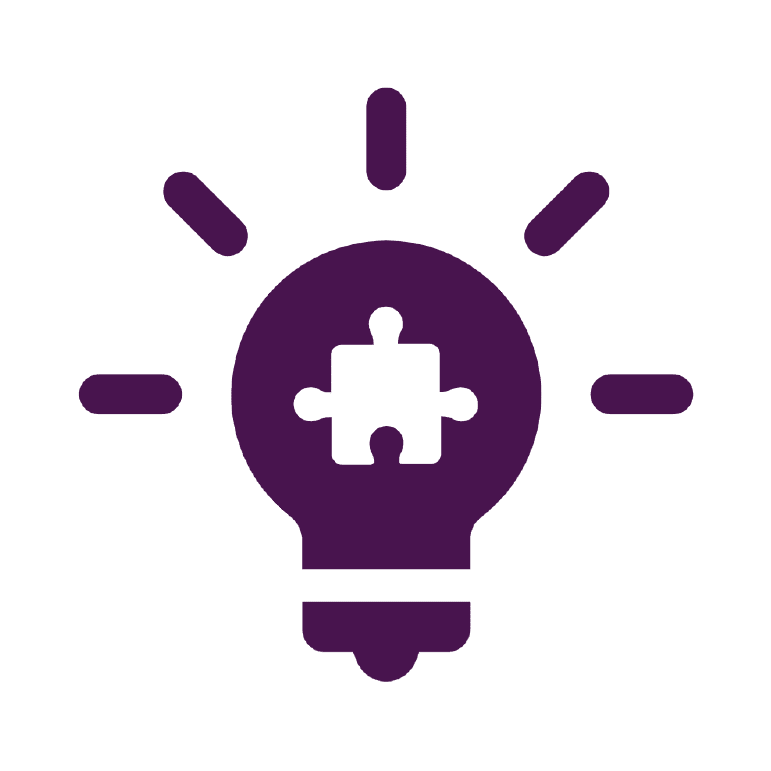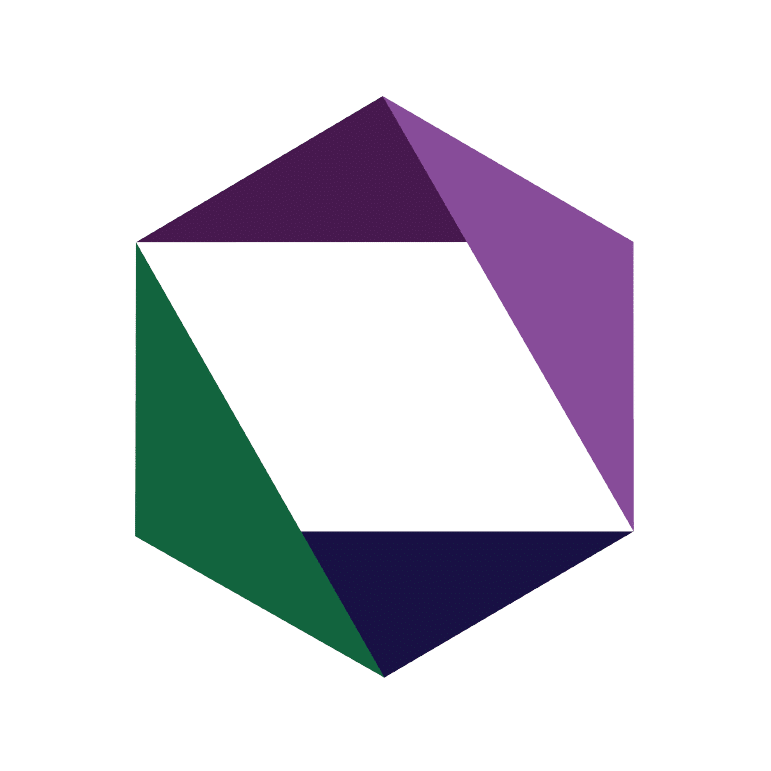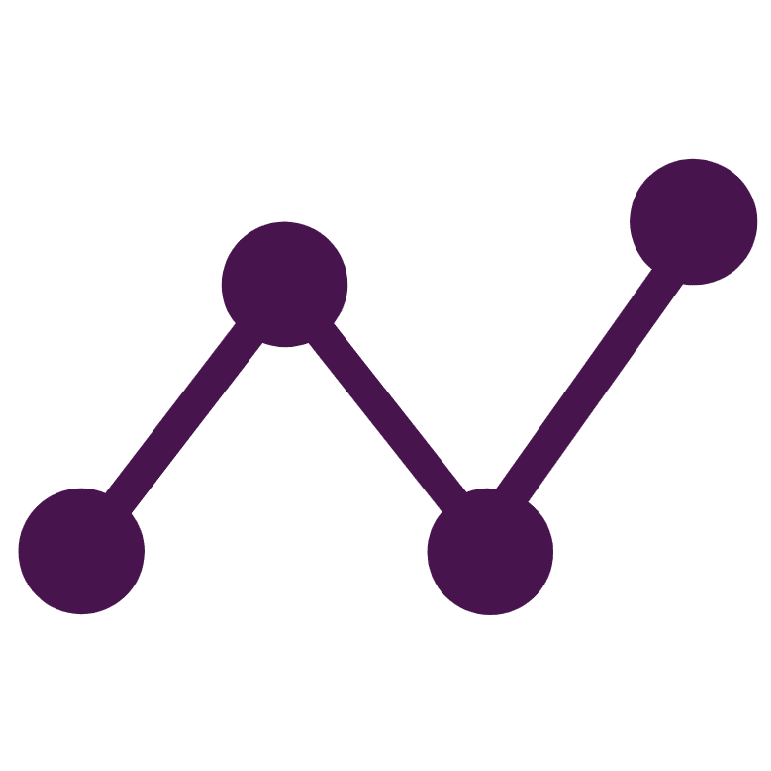
The Challenge
EK was engaged by an industry-leading knowledge management (KM) platform to conduct a Taxonomy Workshop and formulate a Content Governance Plan to support their broader implementation project with a multinational healthcare organization. This effort focused specifically on the call center for this organization, where customer service employees were struggling to find accurate and up-to-date information in a timely manner within their current systems, and there were little-to-no defined roles or responsibilities regarding managing, storing, updating, or archiving content. Content and information were stored in unstructured ways across multiple platforms, and there was an obvious lack of knowledge centralization across the organization, creating silos and making it difficult to execute daily responsibilities.

The Solution
To support the creation of a taxonomy for the healthcare organization’s call center, EK facilitated a taxonomy design workshop with key stakeholders from the call center, consisting of several succinct sessions with dozens of participants from across the organization. In order to gain a better understanding of the healthcare organization’s current user needs, EK facilitated five different activities: a Personas Activity, a User Stories Activity, a Content Types Activity, a Metadata Fields Activity, and a Taxonomy Governance Activity, using the online whiteboard tools Mural and RetroTool. EK also facilitated guided discussions on Taxonomy, Core Workflows, and Content Governance. EK compiled these findings into a Taxonomy Workshop Report which contained our recommendations surrounding baseline taxonomy design, content types, and information architecture, as well as suggestions for content management and taxonomy governance, including a proposed taxonomy governance model.
Following the delivery of the Taxonomy Workshop Report, EK held additional sessions with the company stakeholders to better understand their current content management and governance processes. To summarize these findings and analyses, EK delivered a Content Governance Plan which provided detailed recommendations on how the healthcare organization could effectively store and manage their content in the short- and long-term. More specifically, the Content Governance Report included a Content Governance Model with associated roles and responsibilities that aligned to governance and KM best practices; governance processes and workflows for adding, updating, and archiving content; a structure for content governance team meetings; preliminary content management best practices for formatting and tagging content; and recommended next steps for the healthcare company to ensure optimal value was being derived from their call center content.

The EK Difference
To garner buy-in from users, EK facilitated multiple sessions following the delivery of the Taxonomy Workshop Report to answer both technical and non-technical questions about the report itself, as well as how the taxonomy would actually function within the knowledge management platform. By engaging in conversation with call center stakeholders, EK was able to answer pointed questions about specific aspects of the taxonomy report that otherwise would not have been addressed, further streamlining acceptance and adoption and allowing us to communicate the value of the taxonomy in business terms to a wide and diverse user group. EK also incorporated this direct stakeholder feedback into the Content Governance Report, highlighting and providing strong evidence for the most important and meaningful components based on what was learned during the additional sessions.
Additionally, EK leveraged our years of experience and subject matter expertise in taxonomies and content management consulting to tailor our workshop agenda and materials to the specific challenges being faced by the call center, ultimately delivering more applicable and actionable plans that align with both industry best practices and the strategic goals of the overarching organization.

The Results
During this 2-month effort, EK identified and defined the high-level, prioritized metadata fields for the taxonomy design, as well as the foundational structure for the information architecture and governance model necessary to support the KM platform implementation. Following the taxonomy work, EK also defined high-level content governance roles and responsibilities, as well as policies and procedures, to help the multinational healthcare organization maintain its content going forward. EK delivered all of this in a Taxonomy Workshop Report and Content Governance Report, and maintains a positive relationship with both the knowledge management platform and the healthcare organization to date.
